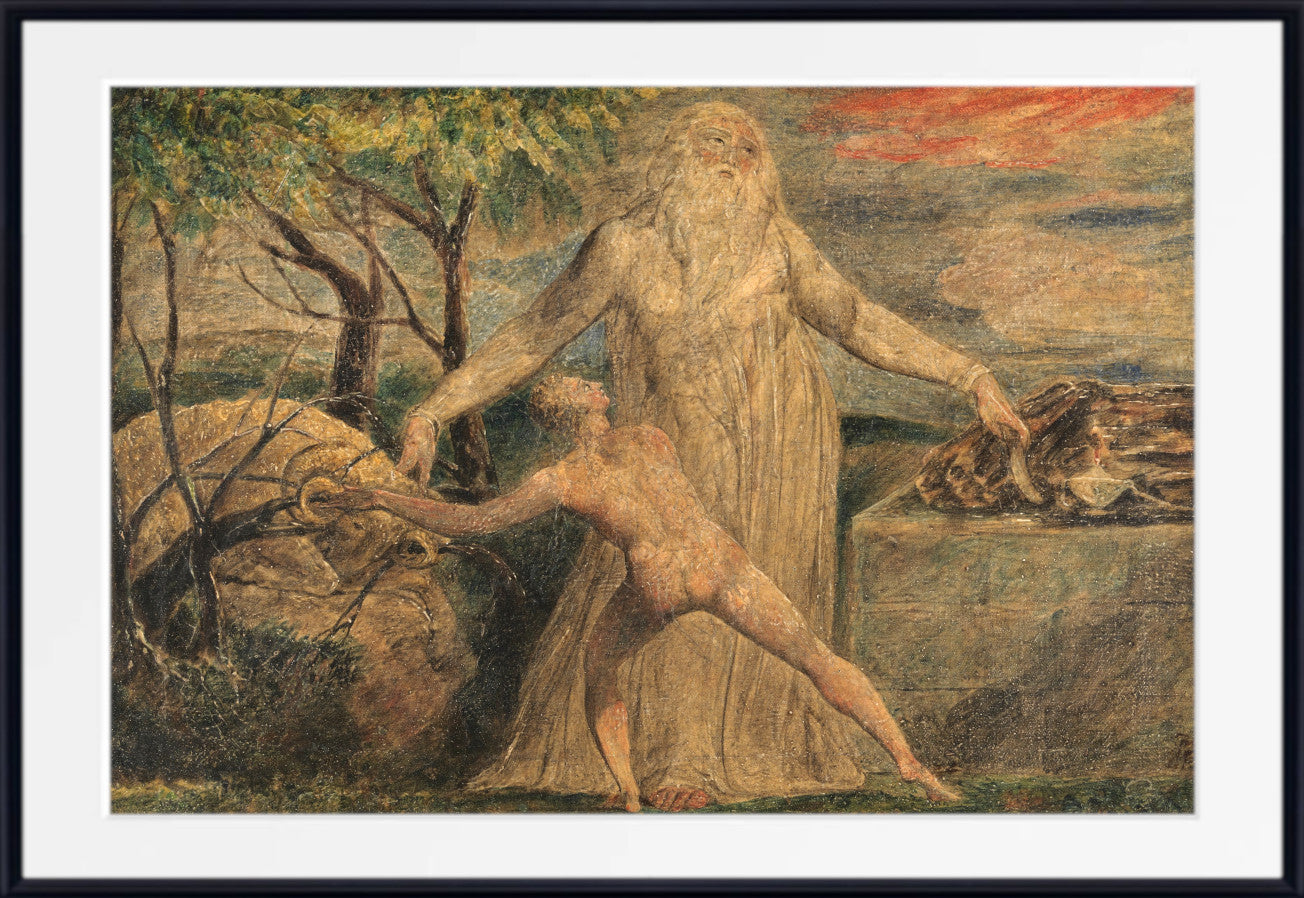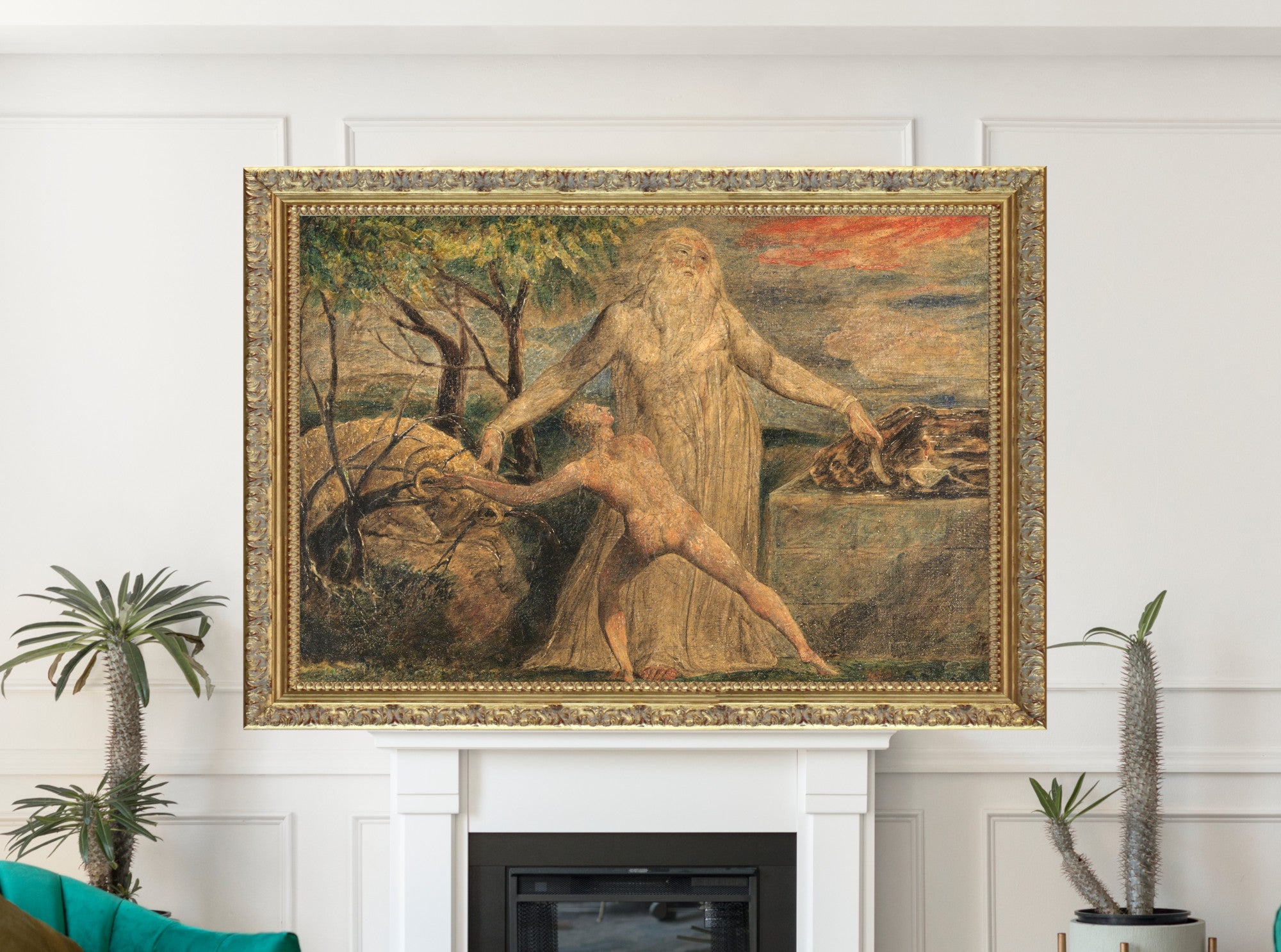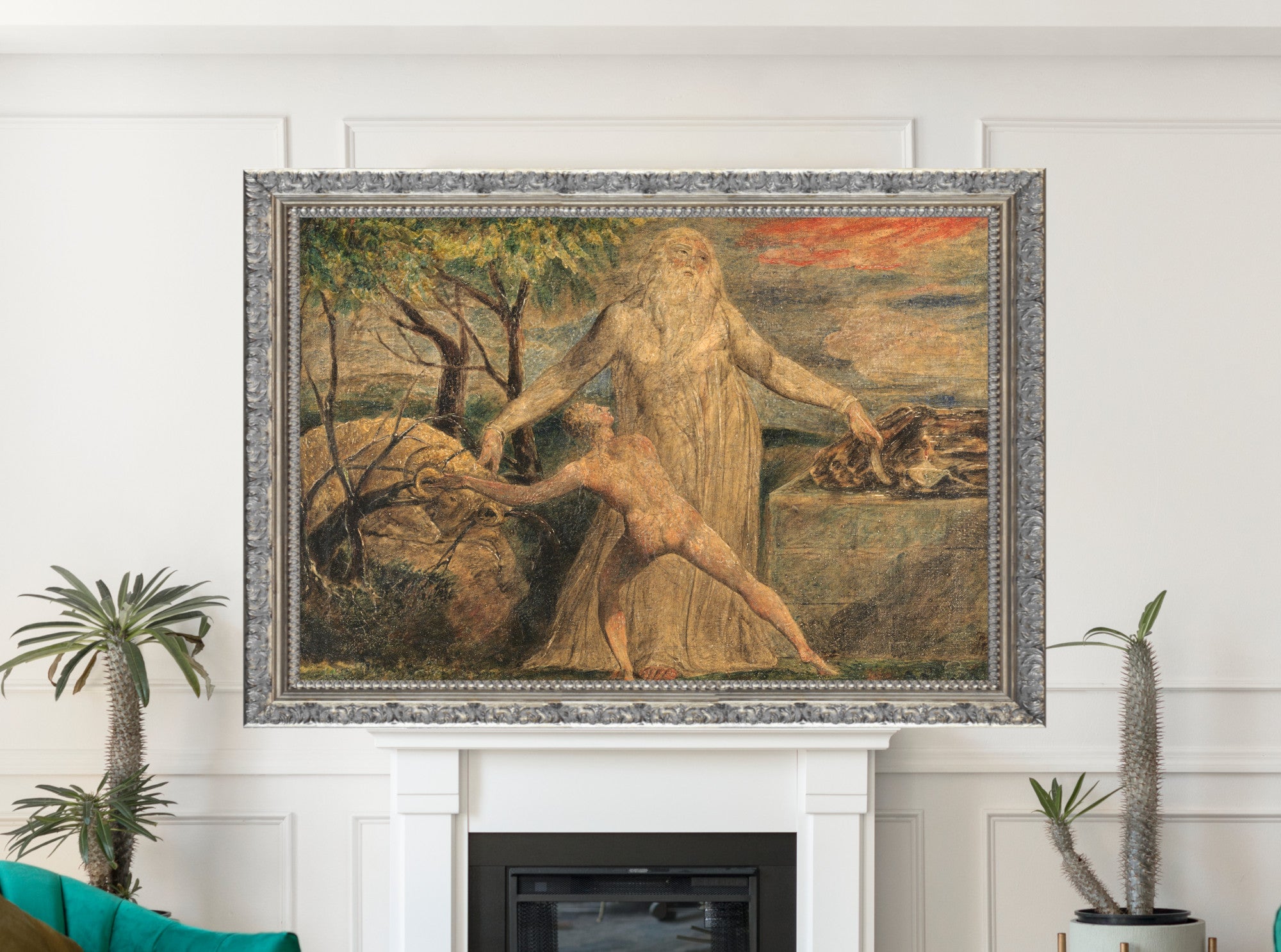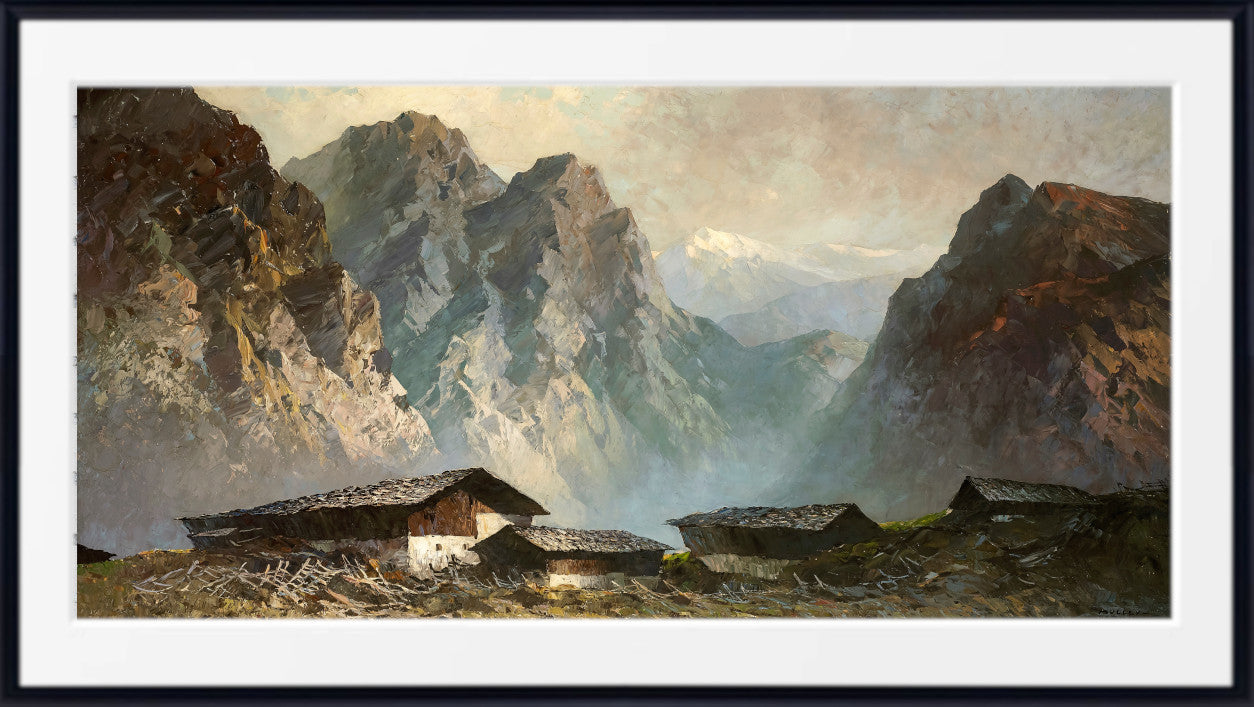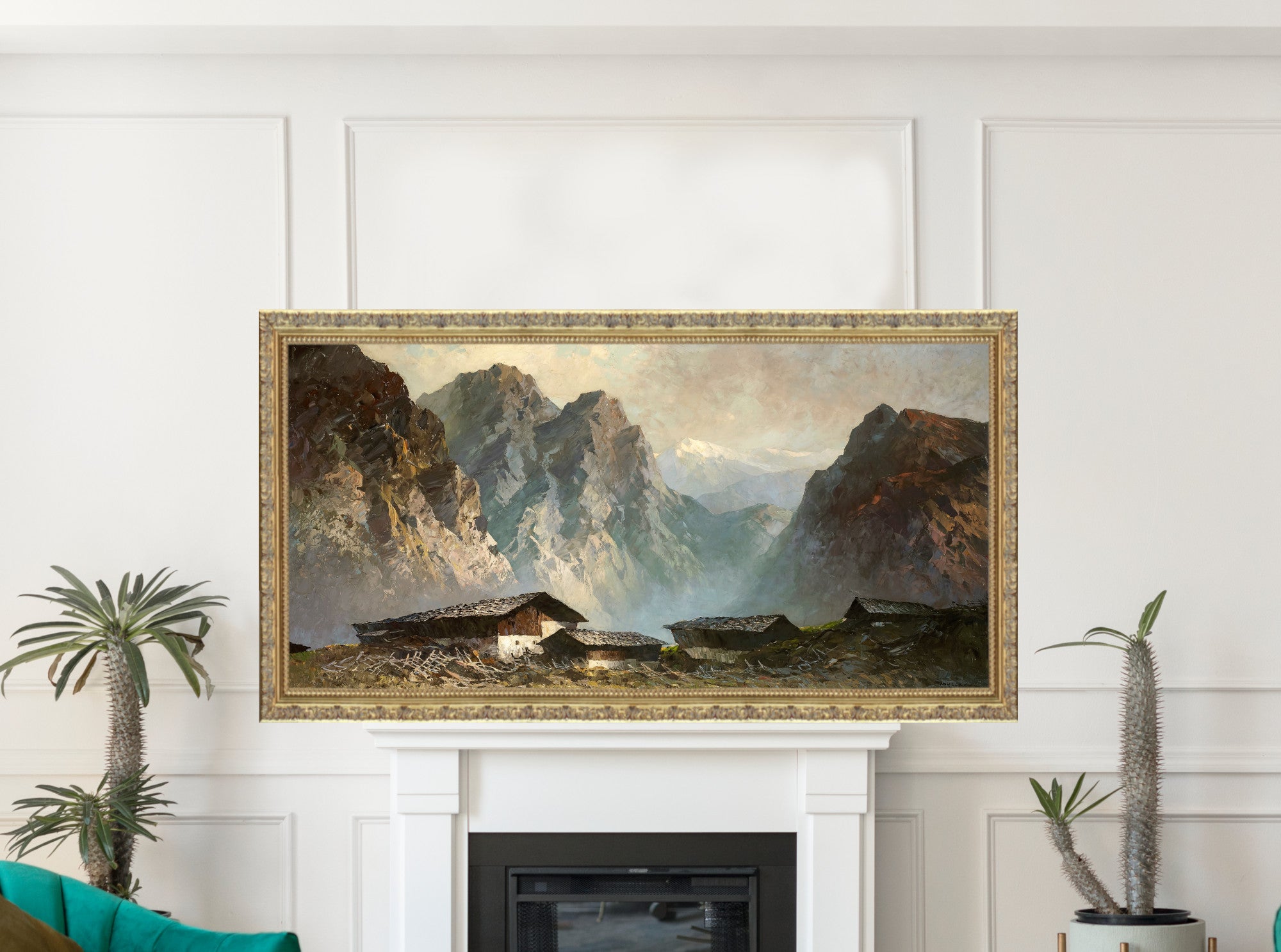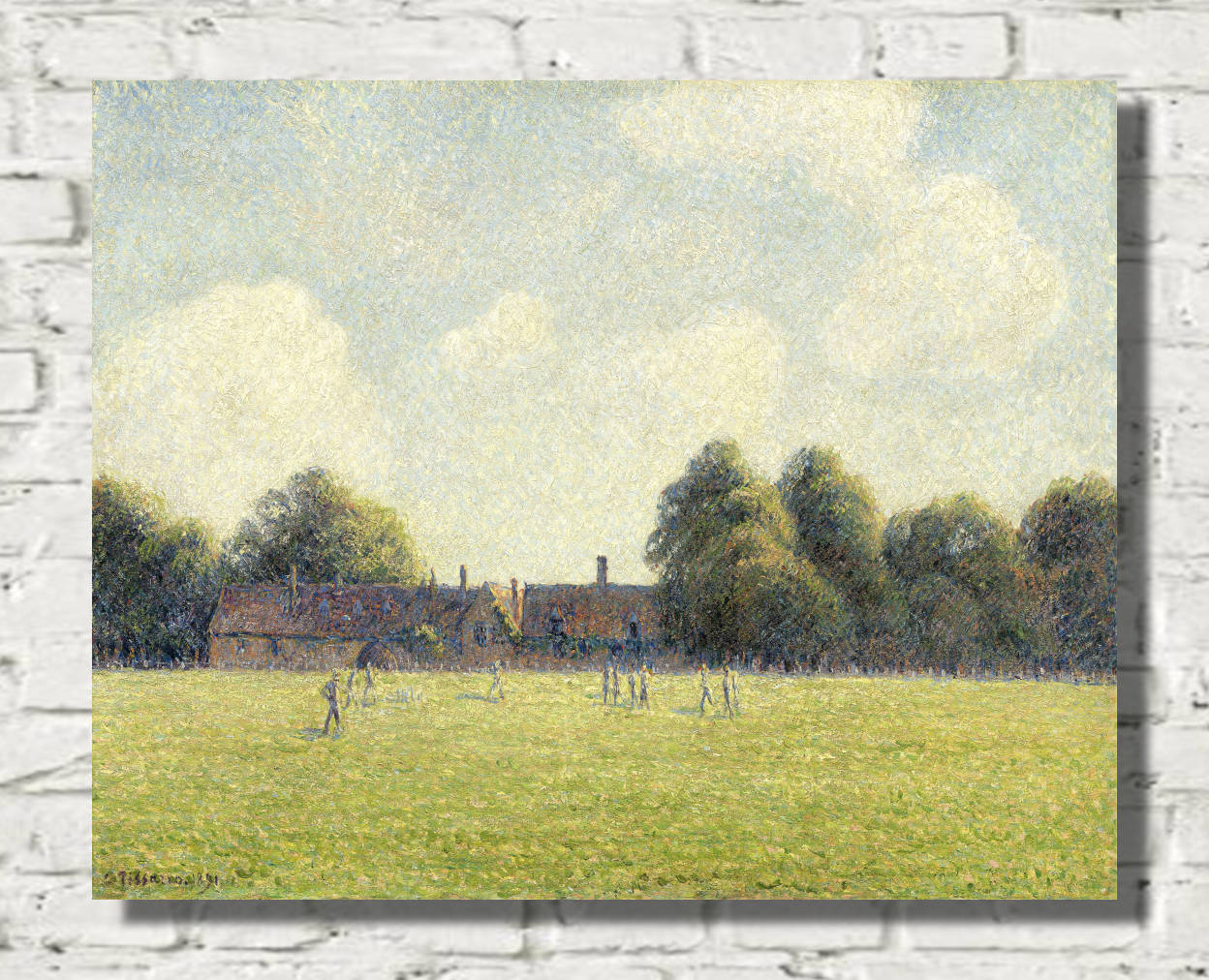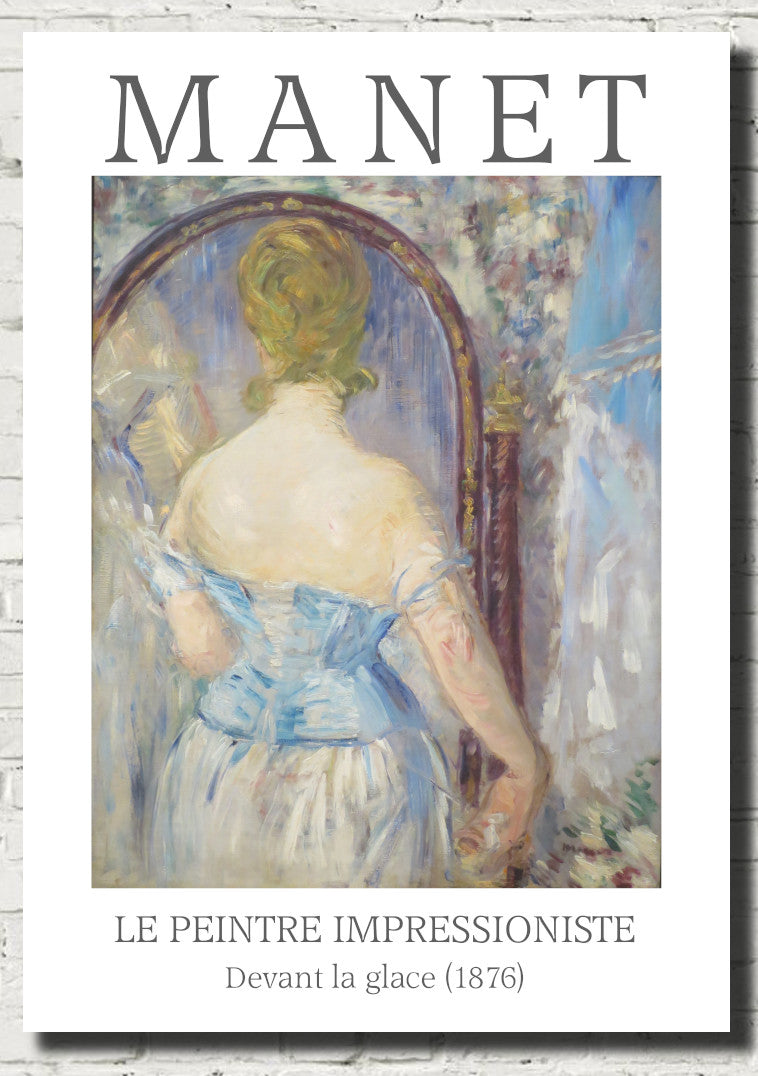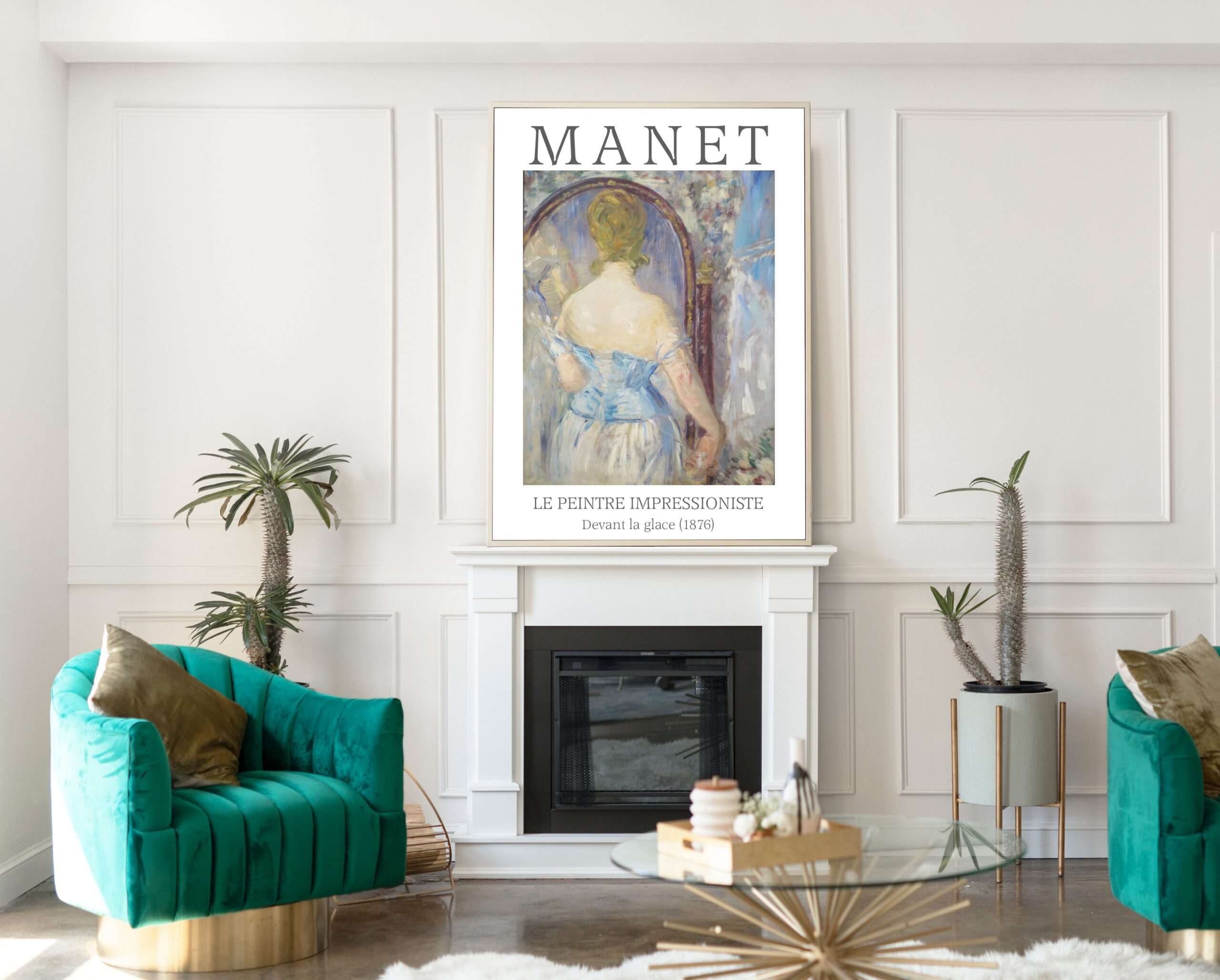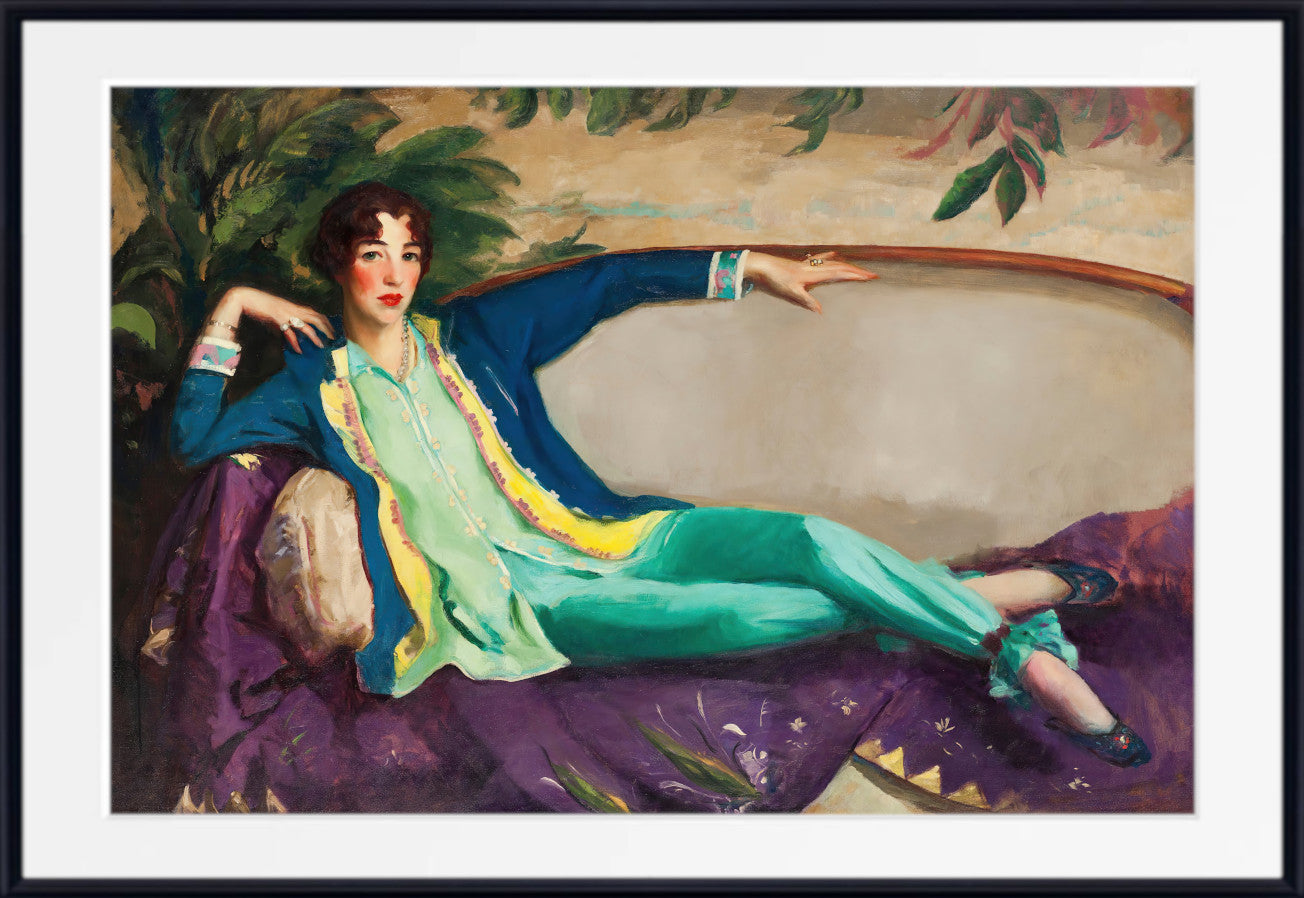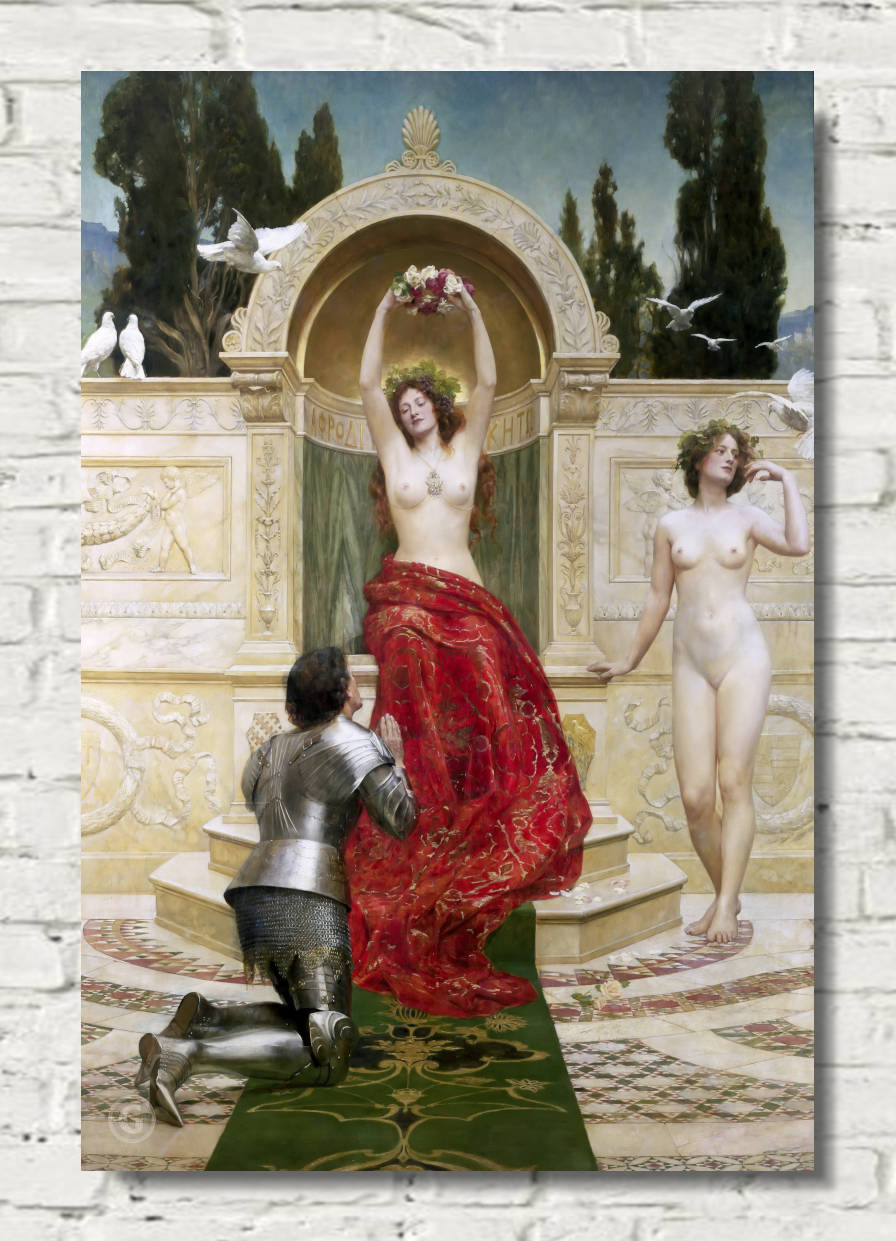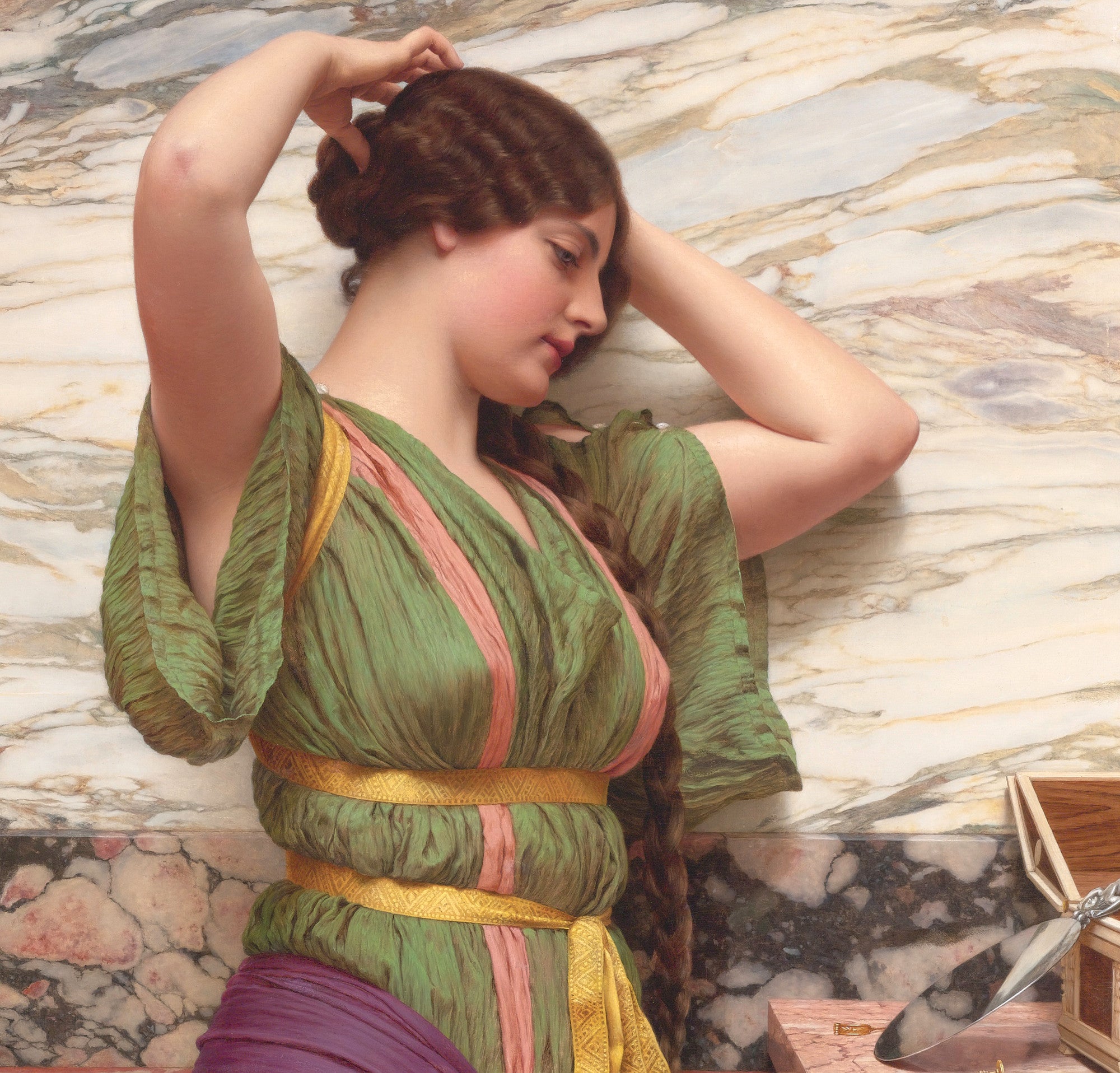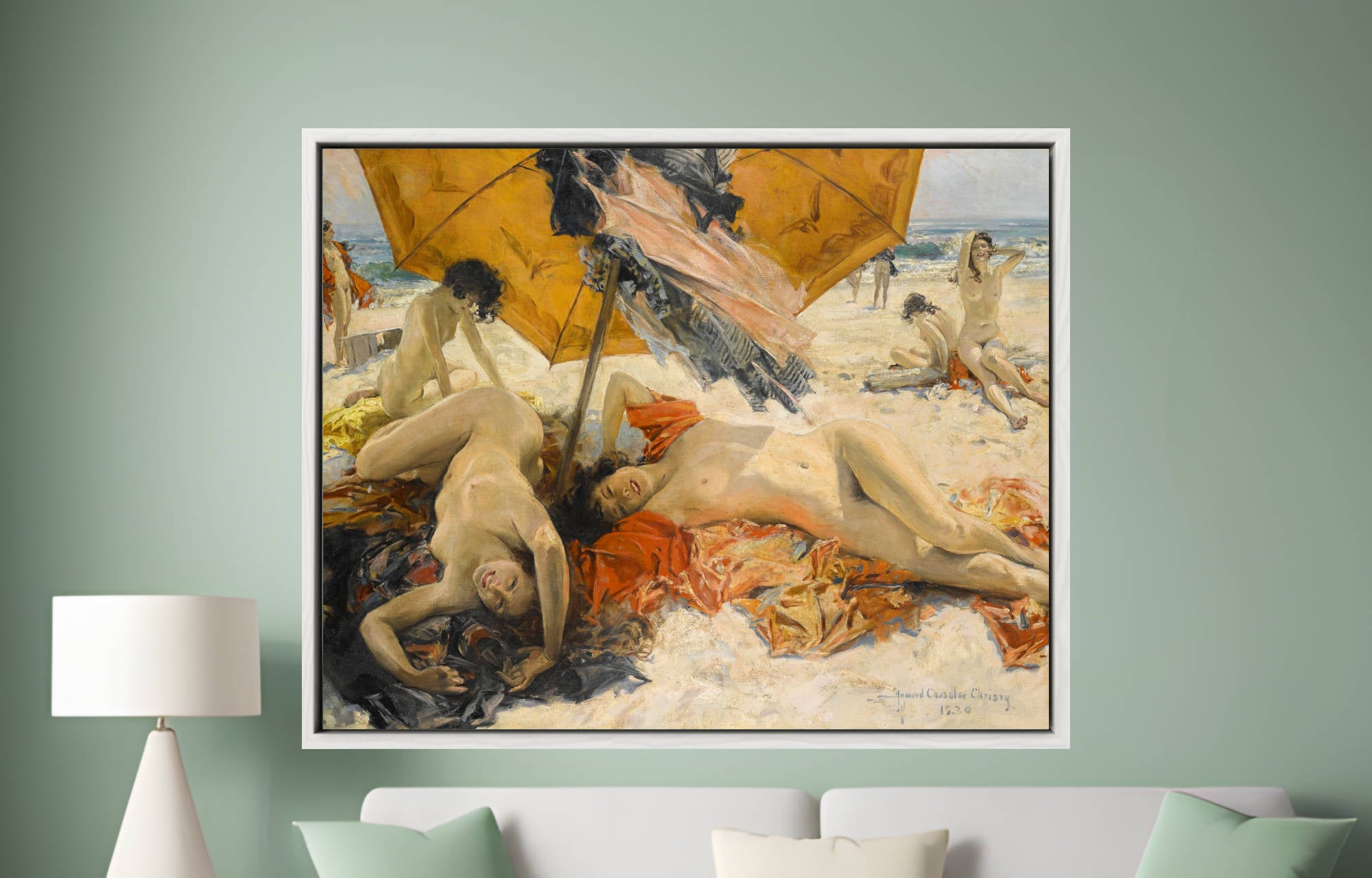William Blake, Abraham and Isaac
With one hand pointing toward the altar and the other toward the ram, Abraham resembles a massive Christ figure. Isaac, a young, naked boy, enthusiastically points toward the ram that will save him.
The scene shows how man’s perception of God changed dramatically. “Abram was born into that primitive religion of human sacrifice that Blake called Druidism,” Damon writes. “In fire” of inspiration, he fled from Chaldea (‘Song of Los), and to Blake, his flight signified his renunciation of such sacrifices, as demonstrated by his substitution of a ram for Isaac, which marked the beginning of a new religious era.
“Abraham was called to succeed the Druidical age, which began to turn allegoric and mental signification into corporeal command, whereby human sacrifice would have depopulated the earth,” Blake himself stated in “A Descriptive Catalogue.””
This process of “allegoric and mental signification into corporeal command” is, in hemispheric terms, increasing literalization and signaling left brain dominance, which is a common issue for humans and, more specifically, for their understanding of “God.” As a result, Stonehenge’s altar slabs and numerous Chaldean and Sumerian temple altars became grotesquely literalized versions of the earlier idea of “sacrifice,” or giving oneself for another in mutual dialectic. An awareness of Abraham’s and the Druids’ spiritual error is marked by this moment of the revelatory substitution.
The left hand/left side dominated by the knife, the awaiting stone altar (linear, fixed), and the red smudge of sky in Blake’s figure of Abraham perfectly illustrate and capture this crucial moment of choice. the right hand connecting with the metaphor—the ram—new green trees—the future of youth—which is circular and fluid.
All prints are made using archival art stocks and UV pigment inks to give up to 200 years life. Prints are sold unframed and unmounted.

